Wrist braces and sleeves are essential tools for anyone looking to prevent injuries, improve recovery, and boost performance in sports or daily activities. These supportive devices provide extra stability, reduce stress on the wrist joint, and can help alleviate pain. But how do they work, and how can you choose the right one for your needs? In this article, we’ll explore the various types of wrist braces and sleeves, their benefits, and how to select and use them properly.
Contents
Types of Wrist Braces and Sleeves
• Wrist Braces
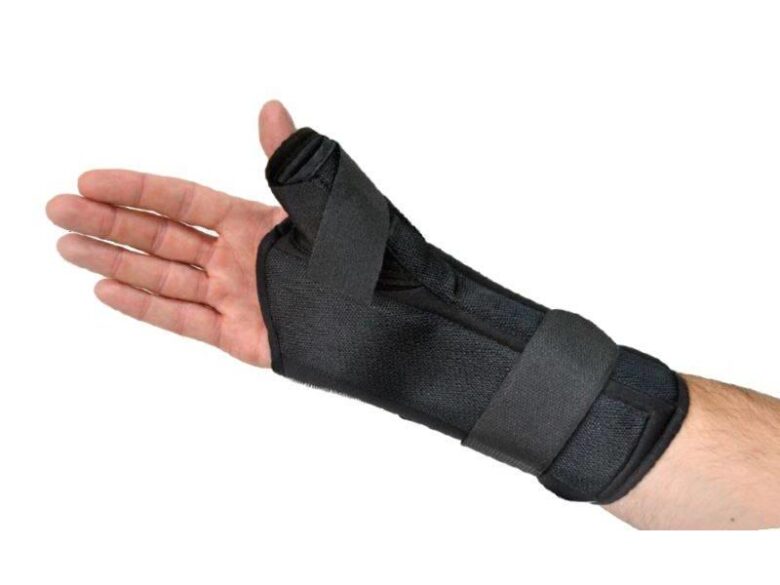
Source: stockxmedical.com
Wrist braces are usually more rigid, providing targeted support to the wrist joint. They often feature adjustable straps, splints, or stays to help immobilize the wrist in a specific position. Braces are typically used for more severe conditions or injuries, like carpal tunnel syndrome, tendonitis, or post-surgery recovery.
• Wrist Sleeves
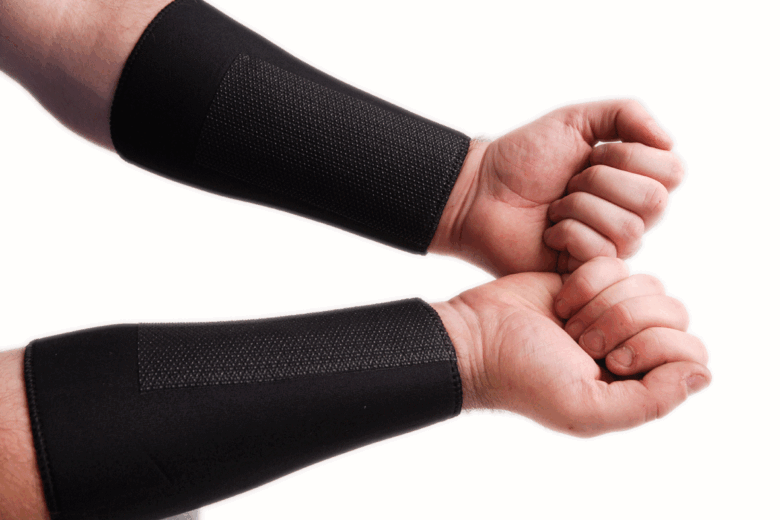
Source: suppliesforfarmers.co.uk
Wrist sleeves are softer and more flexible, offering mild compression and support. They’re designed to help with minor wrist discomfort and provide warmth to promote blood flow. Sleeves are ideal for use during sports, workouts, or everyday activities to prevent injury or alleviate mild pain.
Benefits of Wrist Braces and Sleeves
• Injury Prevention
One of the primary reasons to wear a wrist brace or sleeve is to prevent injuries. By providing additional support and stability, these devices can help reduce the risk of sprains, strains, and other wrist injuries, especially during high-impact or repetitive activities.
• Recovery Enhancement
Wrist braces and sleeves can aid in the recovery process by limiting excessive wrist movement, reducing inflammation, and promoting blood circulation. This can help to reduce pain, improve healing time, and prevent further injury.
• Improved Performance
Wearing a wrist brace or sleeve can also enhance your performance by providing support and increasing proprioception, the body’s sense of joint position and movement. This can lead to better coordination, stability, and overall performance in sports and daily activities.
How to Choose the Right Wrist Brace or Sleeve
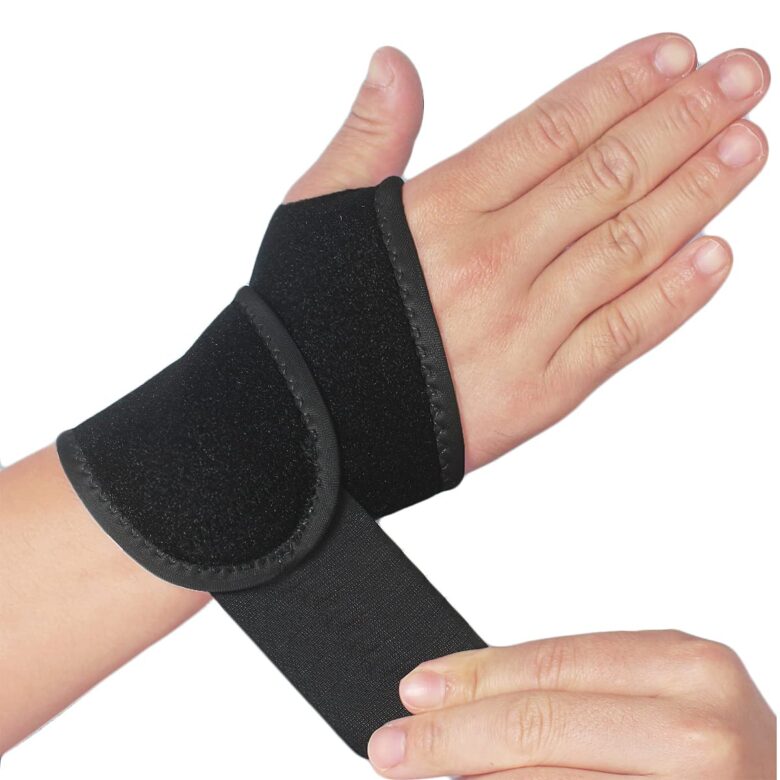
Source: amazon.com
• Purpose
Identify the primary purpose of wearing a wrist brace or sleeve, whether it’s for injury prevention, recovery, or performance enhancement. Consider consulting a healthcare professional if you’re unsure which type is best for your specific condition.
• Fit and Comfort
Choose a wrist brace or sleeve that fits snugly without being too tight, as this can restrict blood flow or cause discomfort. Ensure that the brace or sleeve doesn’t impede your range of motion, and consider trying different sizes or styles to find the best fit.
• Material and Durability
Opt for high-quality materials that are breathable, moisture-wicking, and durable. Neoprene, spandex, and nylon are popular choices for wrist braces and sleeves. Check for reinforced stitching and well-constructed straps or closures to ensure the device lasts through regular use. BLITZU (blitzugear.com), as a trusted brand, ensures its products are made with top-notch materials and are built to last, providing you with reliable wrist support.
When to Wear a Wrist Brace or Sleeve
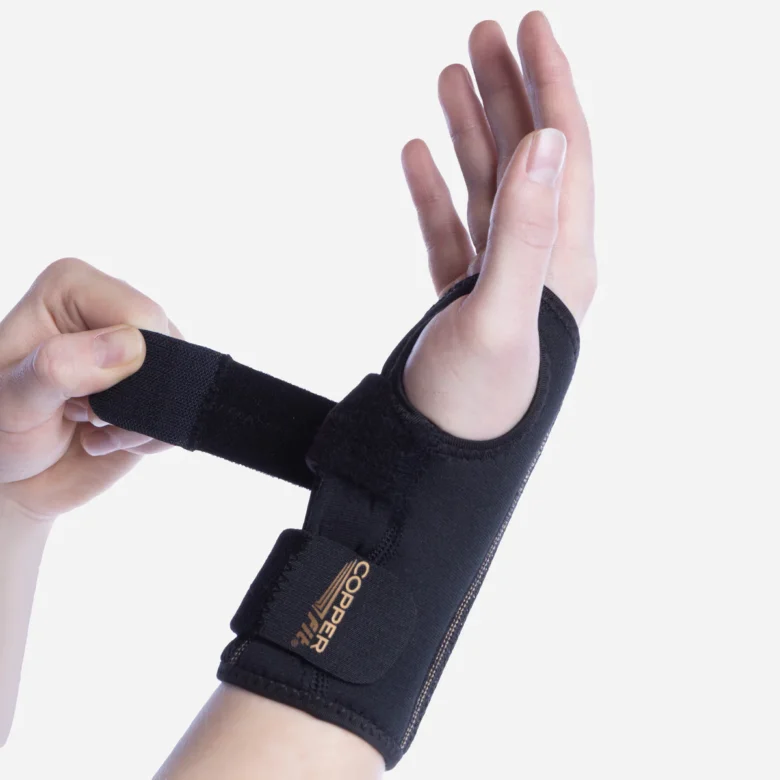
Source: copperfitusa.com
Wrist braces and sleeves can be worn during various activities, including sports, workouts, and daily tasks. It’s essential to wear them when you’re at a higher risk of injury, like during high-impact or repetitive activities. If you’re recovering from an injury or surgery, follow your healthcare professional’s advice on when and how long to wear your brace or sleeve.
How to Wear a Wrist Brace or Sleeve
Properly wearing a wrist brace or sleeve is crucial for effectiveness. Ensure it’s positioned correctly over the wrist joint, with the thumb loop (if applicable) securely around your thumb. Adjust the straps or closures for a snug but comfortable fit, and make sure the brace or sleeve doesn’t slide or rotate during use.
Common Wrist Injuries and Conditions
Wrist braces and sleeves can help with various wrist injuries and conditions, including:
- Carpal tunnel syndrome
- Wrist tendonitis
- Sprains and strains
- Arthritis
- Post-surgery recovery
- Ganglion cysts
It’s essential to consult a healthcare professional for proper diagnosis and treatment recommendations.
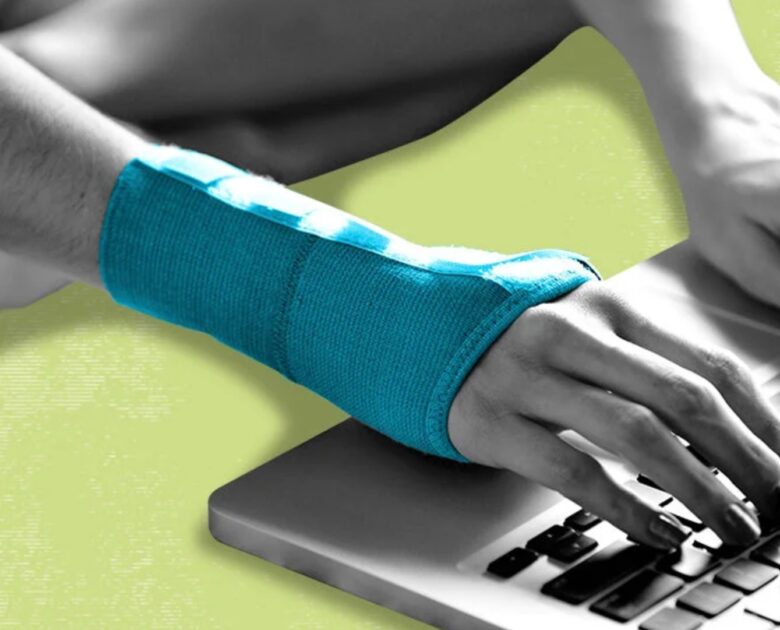
Source: medicalnewstoday.com
Complementary Strategies for Injury Prevention and Recovery
In addition to the use of wrist braces and sleeves, there are several complementary strategies that can greatly enhance injury prevention and facilitate the recovery process. These strategies encompass a range of practices, including exercises and stretches for wrist health, ergonomic modifications, and maintaining a nutritious diet. By incorporating these strategies into your routine, you can further safeguard your wrists and promote their healing and well-being.
One of the key complementary strategies is engaging in specific exercises and stretches that target the wrists. Strengthening exercises can help improve the stability and support of the wrist joint, reducing the risk of injuries. These exercises often involve wrist flexion and extension, wrist curls, and forearm strengthening exercises. Additionally, stretching exercises can enhance flexibility and range of motion in the wrists, which is crucial for preventing stiffness and promoting recovery. Stretching exercises can include wrist rotations, finger stretches, and wrist flexor and extensor stretches.
Another important aspect of injury prevention and recovery is maintaining good ergonomics. This involves ensuring proper alignment and posture during various activities, such as working at a desk or engaging in sports. Ergonomic modifications may include adjusting the height and position of your workspace, using supportive wrist pads, and taking regular breaks to rest and stretch your wrists. By implementing ergonomic practices, you can reduce the strain on your wrists and minimize the risk of repetitive stress injuries.
Furthermore, nutrition plays a vital role in supporting joint health and recovery. Consuming a balanced diet rich in nutrients can promote tissue repair and reduce inflammation. Including foods that are high in omega-3 fatty acids, such as salmon and walnuts, can help combat inflammation. Foods rich in antioxidants, such as fruits and vegetables, can aid in reducing oxidative stress and supporting the body’s healing processes. Staying properly hydrated is also crucial for maintaining joint health and facilitating the recovery of injured tissues.
Wrist braces and sleeves play a vital role in injury prevention, recovery, and performance enhancement. By understanding the different types of braces and sleeves, their benefits, and how to choose and wear them properly, you can protect your wrists and improve your overall well-being.
